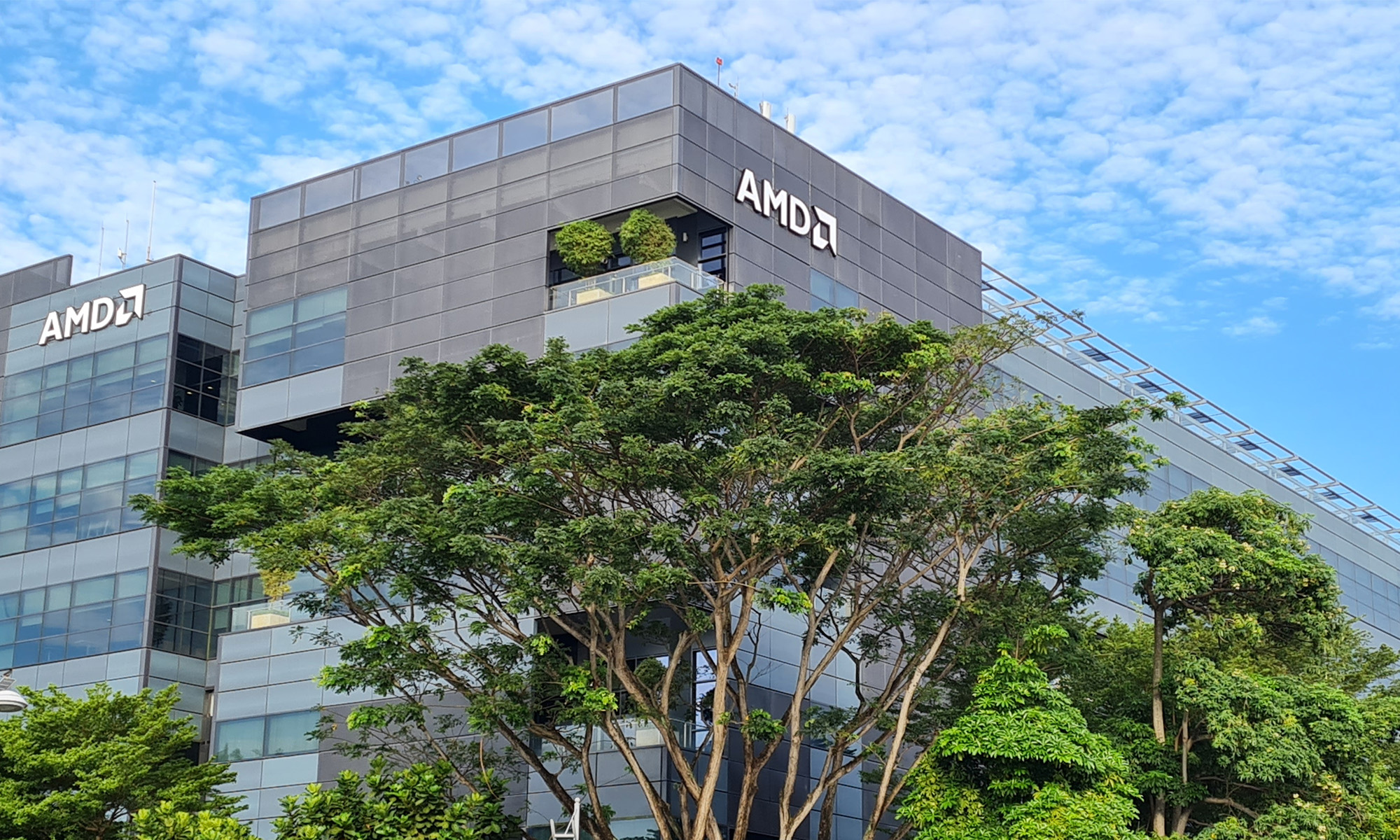Nvidia (NVDA +2.92%) has been the clear-cut winner in the artificial intelligence (AI) graphics processing unit (GPU) race. While AMD (AMD 0.06%) has competing products, it hasn't seen anywhere near the success of Nvidia. However, some recent developments have potentially shifted the landscape for AMD.
If given the opportunity, every investor would travel back to the start of 2023 and invest in Nvidia. But could investing in AMD right now be nearly the same thing?
There is a large technological gap between the two
Nvidia's GPU popularity is partly due to its proprietary CUDA software. GPUs are useful in AI because they can process many calculations in parallel, but this isn't a unique feature for Nvidia GPUs. CUDA allows developers to optimize and deploy applications on GPU systems, which is critical for optimizing their use.
AMD has a product called ROCm that competes against CUDA, but it's not nearly as good. A few benchmark tests of GPUs running ROCm versus CUDA software show significant underperformance, which isn't something companies spending millions of dollars on GPUs are willing to deal with. Customers forking over all of this money want the best possible product, so they almost exclusively use Nvidia for its GPUs and software.

NASDAQ: AMD
Key Data Points
However, there may be an alternative that allows CUDA to be run on Nvidia GPUs.
An open-source program called ZLUDA was created to run CUDA on AMD GPUs and would allow customers to field more AMD GPUs using a simple drop-in program. However, few companies would likely deploy this, as there could be unforeseen consequences for using unsupported software. When the stakes are in the millions of dollars, most companies will likely just keep with the status quo and stick with Nvidia.
Unless AMD makes serious upgrades to its software, it will likely not be able to compete with Nvidia in the data center GPU market.
But could it still be worth some of your investment dollars?
AMD falls short of Nvidia's growth
While Nvidia has been tripling its revenue over the past few quarters, AMD has been struggling. In the first quarter, AMD's revenue only rose 2% year over year. While its data center revenue was strong at $2.3 billion, growing at an 80% year-over-year pace, its gaming and embedded process segments tumbled 48% and 46% year over year, respectively.
That's an abysmal performance from an investing perspective, and it makes sense that investors have mostly stuck to Nvidia rather than AMD. For the rest of 2024, Wall Street analysts project 13% revenue growth. In 2025, that ramps up to 28% growth.
Both projections are well behind Nvidia's predicted revenue growth, but this can all be forgiven if AMD can be bought at a substantially cheaper price. But it can't.
Right now, AMD and Nvidia are trading for nearly the same forward price-to-earnings (P/E) ratio.
AMD PE Ratio (Forward) data by YCharts
So why would you invest in AMD over Nvidia right now? I have no clue.
With AMD, you're betting that things will get better, and it will somehow level the playing field with Nvidia. With Nvidia, you're betting that a company that is already dominating the market will continue to do so. Normally, in these situations, the competitor that is behind trades at a discount to the winner because a turnaround isn't as certain. That's not the case here, which is why Nvidia makes a far better investment than AMD unless something substantial changes.







